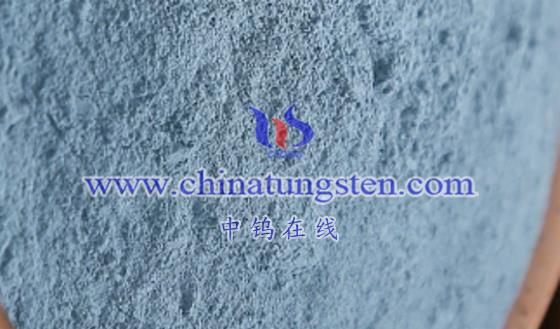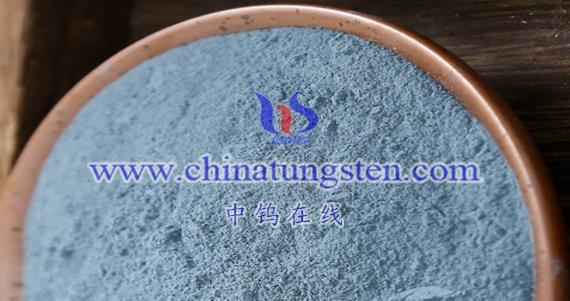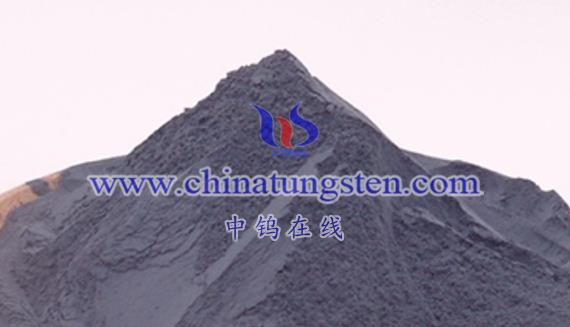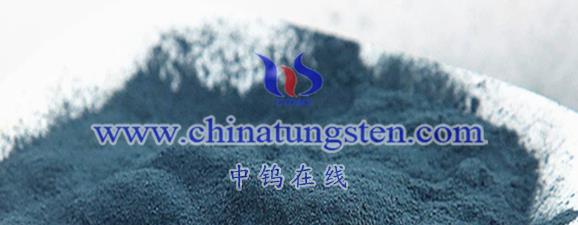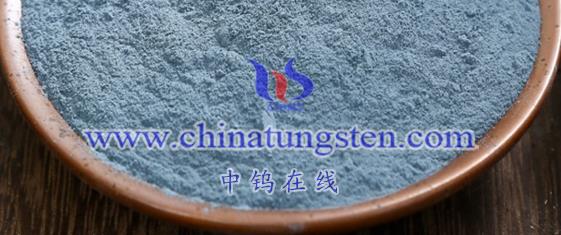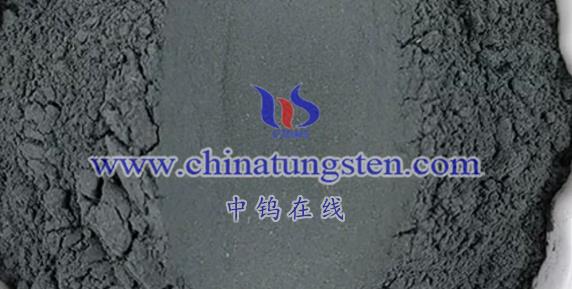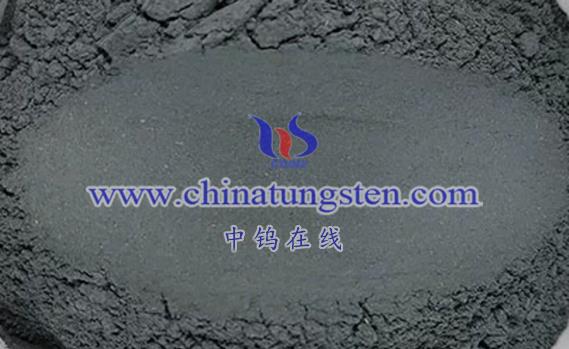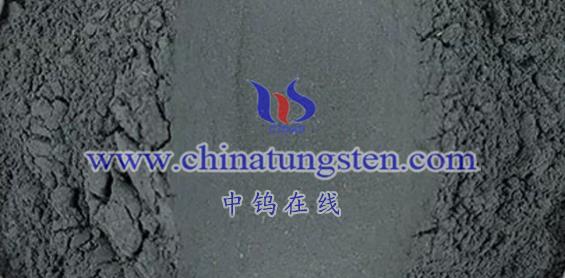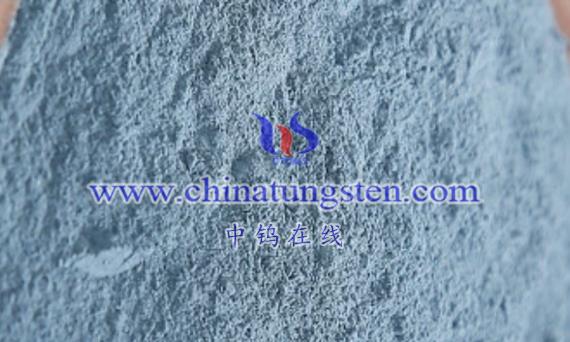
Tungsten bronze (MxWO3), characterized by its unique crystal structure and mixed valence states of tungsten, exhibits distinctive conductivity properties that can be explained through several factors: structure, electronic states, ionic behavior, and temperature effects.
- Structural Features
Tungsten bronze typically adopts a cubic or tetragonal crystal structure, with “M” representing one or more cations, such as alkali metals (Na, K, Cs), alkaline earth metals, rare earth metals, or ammonium ions. This crystal structure creates pathways that facilitate the movement of electrons and ions, which enhances the material’s conductivity.
- Electronic States
The tungsten (W) in tungsten bronze exists in multiple oxidation states (W6+, W5+, and W4+). This mixed valence state allows for easier electron transfer between tungsten atoms, thereby improving electrical conductivity. When “M” ions (e.g., Na+) are inserted into the WO3 lattice, they donate additional electrons to the lattice. These extra electrons are free to move within the lattice, contributing to the enhanced conductivity of the material.
- Ionic Behavior
The “M” ions, especially alkali metal ions, can move within the lattice and create “ionic channels.” These channels allow for the rapid movement of electrons and ions, further improving the material’s conductivity. As the temperature increases, the vibration of the M ions intensifies, making it easier for them to escape their lattice positions and move more freely. This process further facilitates the movement of electrons and ions, thereby increasing conductivity with temperature (within a certain range). However, if too many M ions are incorporated, there are fewer vacancies in the lattice, restricting the movement of electrons and ions, which can reduce conductivity as temperature increases.
- Types of Conductivity
The conductivity of tungsten bronze can be adjusted by modifying its composition (i.e., the type of “M” and the value of “x”). Depending on the conditions, tungsten bronze can exhibit metallic conductivity, semiconductor behavior, or fast ion conduction. This tunable conductivity is one of the key advantages of tungsten bronze in various applications.
- Conductivity Mechanisms under Specific Conditions
- At Low Temperatures: At low temperatures, the increase in free electrons and holes (charge carriers) has a relatively small effect on conductivity, and atomic vibrations that hinder conduction become more significant.
- At Higher Temperatures: As the temperature rises, the increase in electrons and holes has a greater impact on conductivity, leading to an increase in electrical conductivity with temperature.
- At Low M Ion Concentration (e.g., Na+): When the concentration of M ions is low, the conductivity of tungsten bronze is primarily dominated by electronic conduction.
- At Higher M Ion Concentration: As the concentration of M ions increases, the contribution of ionic conductivity becomes more significant.
Conclusion
The conductivity of tungsten bronze is influenced by its unique crystal structure, mixed electronic states, ionic movement, and temperature effects. These factors combine to provide tungsten bronze with versatile conductive properties, which makes it suitable for use in electronic devices, energy storage materials, sensors, and more.
More details of tungsten oxide product, please visit website: tungsten-oxide.com
Please contact CHINATUNGSTEN for inquiry and order of tungsten oxide:
Email: sales@chinatungsten.com
Tel.: 86 592 5129595
